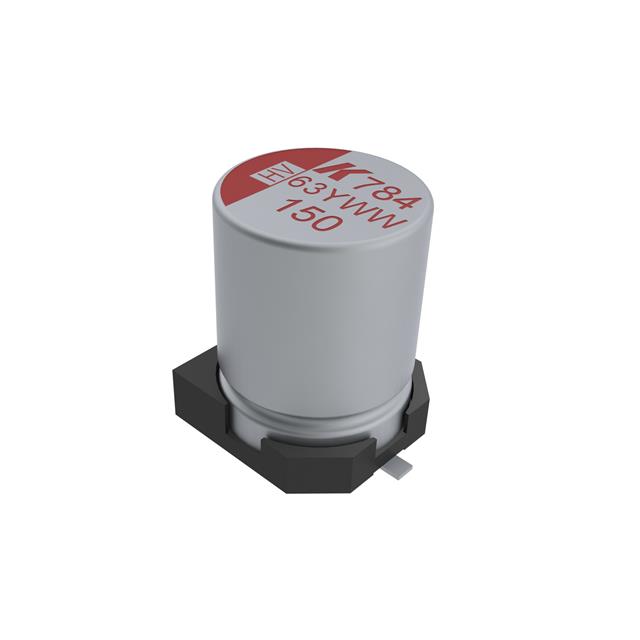A784, Anti-Vibration Series, Aluminum - Polymer Capacitors
Results:
5
Manufacturer
Series
Ripple Current @ Low Frequency
ESR (Equivalent Series Resistance)
Ripple Current @ High Frequency
Voltage - Rated
Capacitance
Height - Seated (Max)
Operating Temperature
Applications
Surface Mount Land Size
Tolerance
Lead Spacing
Mounting Type
Size / Dimension
Ratings
Lifetime @ Temp.
Type
Package / Case
Features
Impedance
Results remaining:5
Applied Filters:
A784, Anti-Vibration
About Aluminum - Polymer Capacitors
Aluminum polymer capacitors are a type of polarized capacitor that utilizes an aluminum electrode material with an aluminum oxide dielectric, similar to standard electrolytic capacitors. However, they differ from traditional electrolytic capacitors by employing a conductive polymer material instead of conventional fluid electrolytes. Compared to standard aluminum electrolytic capacitors, polymer capacitors typically demonstrate enhanced electrical performance. This improvement comes at the expense of higher cost and increased sensitivity to the operating environment. Polymer capacitors are known for their ability to offer advantages such as lower equivalent series resistance (ESR), higher ripple current handling capabilities, and longer operational lifespans in certain applications. Despite these performance benefits, the use of a conductive polymer material in these capacitors contributes to their higher manufacturing costs. Additionally, polymer capacitors are more sensitive to factors such as temperature, voltage, and current, requiring careful consideration of operating conditions to ensure optimal performance and reliability. In summary, aluminum polymer capacitors provide improved electrical characteristics compared to standard aluminum electrolytic capacitors, but their higher cost and greater susceptibility to environmental factors necessitate careful evaluation of their suitability for specific applications.

